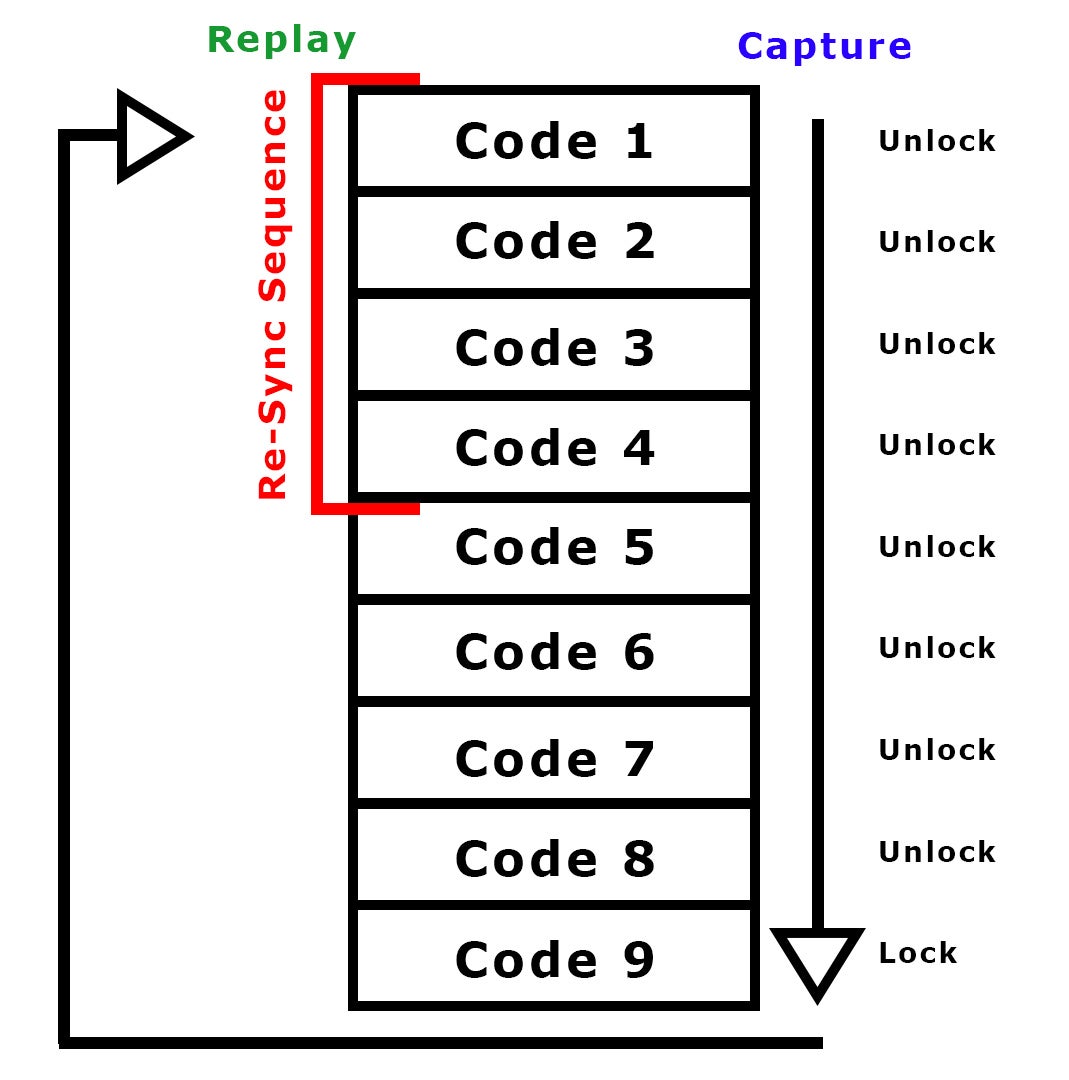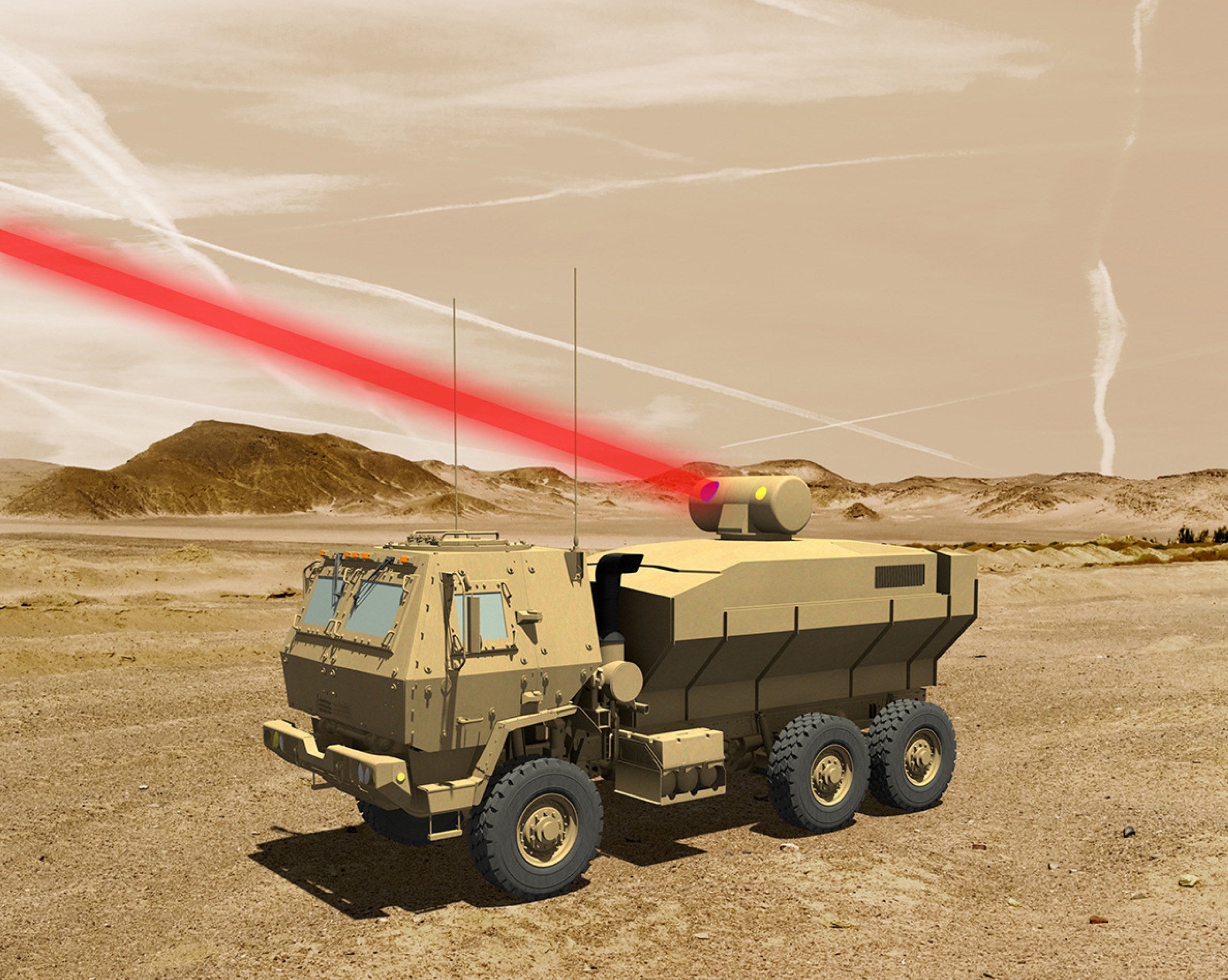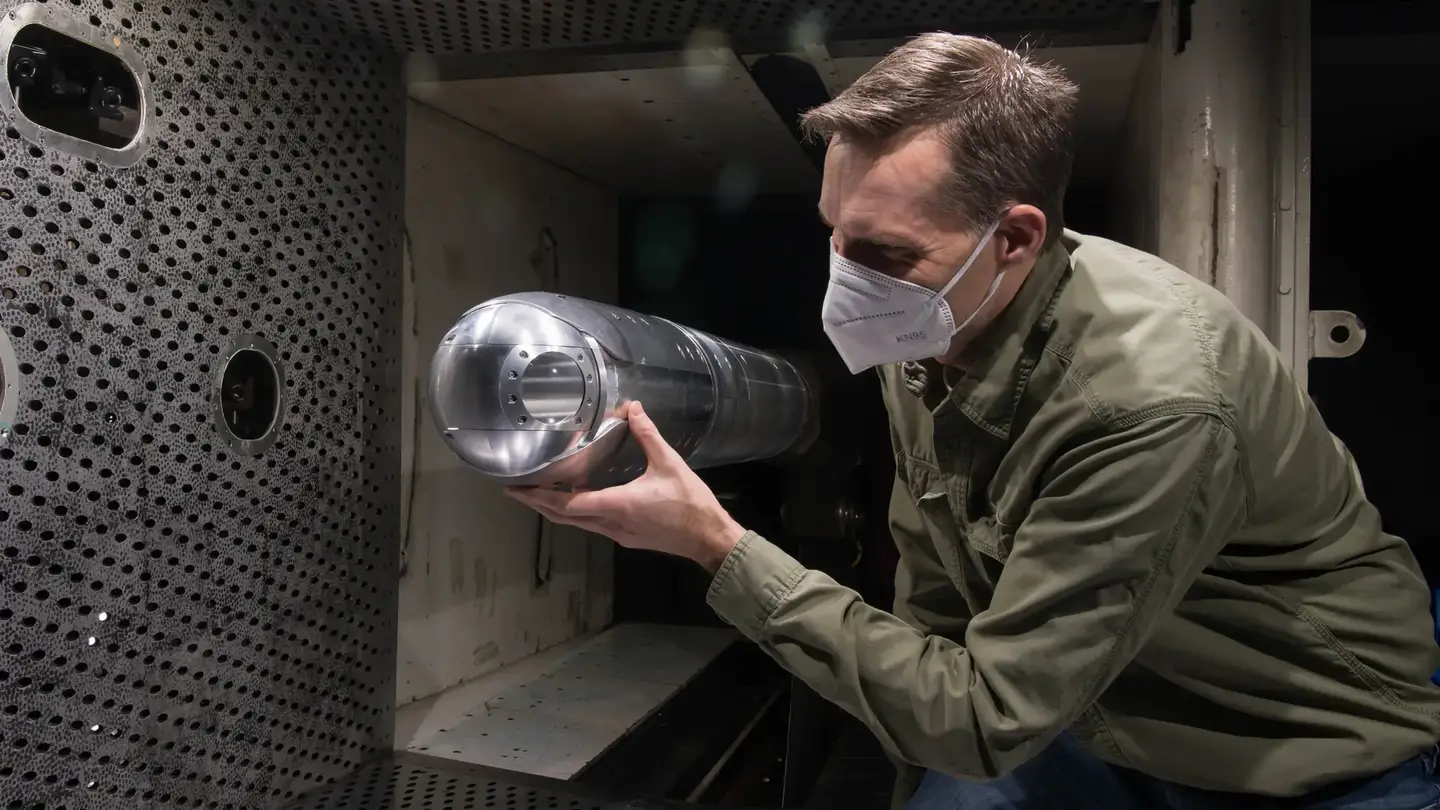We have done many, many posts explaining how, unfortunately, it seems the idea of a person owning the things they’ve bought has become rather passe. While in the age of antiquity, which existed entire tens of years ago, you used to be able to own things, these days you merely license them under Ts and Cs that are either largely ignored and clicked through or that are indecipherable, written in the otherwise lost language known as “Lawyer-ese”. The end result is a public that buys things, thinks they retain ownership over them, only to find out that the provider of the things alters them, limits their use, or simply erases them from being.
Take anyone who bought a movie distributed by StudioCanal in Germany and Austria through Sony’s Playstation store, for instance. Sony previously had a deal to make those movie titles available in its store, but declined to continue offering movies and shows in 2021, stating that streaming services had made the deal un-competitive.
Sony’s PlayStation group stopped offering movie and TV show purchases and rentals, as of Aug. 31, 2021, citing the rise of streaming-video services. At the time, Sony assured customers that they “can still access movie and TV content they have purchased through PlayStation Store for on-demand playback on their PS4, PS5 and mobile devices.
And when Sony said that, it apparently forgot to add two very important words to its statement: “for now.” Instead, Sony decided to drop the bomb with yet another statement regarding StudioCanal content in Germany and Austria. It essentially amounts to: hey fuckers, that shit you bought is about to disappear, mmkay bye.
“As of August 31, 2022, due to our evolving licensing agreements with content providers, you will no longer be able to view your previously purchased Studio Canal content and it will be removed from your video library,” the notices read. “We greatly appreciate your continued support.”
Poof, it’s gone! That remark about appreciating the public’s “continued support” seems more like begging than acknowledging reality. Especially once you start asking the questions that immediately leap to mind.
For example: will customers get a refund for the movies that they bought and now can’t access? As per the source article “it’s unclear”, which likely means “hahahahaha nope.” How many movies were delisted? Literally hundreds. Are these just small-time movies? Nope, they include AAA titles like The Hunger Games and John Wick.
And so a whole bunch of people are going to find out that they didn’t buy anything, they rented some movies for a previously indefinite period of time that just became definite, long after the purchase was made. It’s hard to imagine something more anti-consumer than that.
Source: You Don’t Own What You’ve Bought: Sony Removes 100s Of Movies Bought Through PS Store | Techdirt



